Introduction
“What is Holocaust” Did you know that during the Holocaust, an estimated six million Jews fell victim to one of the most horrifying periods in human history? The Holocaust, which took place between 1941 and 1945 during World War II, saw the systematic extermination of millions of Jews by the Nazi regime.
In this section, we will provide an overview of the Holocaust, examining its history, the atrocities committed, and the lasting impact it has had on survivors, remembrance, and education.
Key Takeaways:
- The Holocaust was a period during World War II when millions of Jews were systematically exterminated by the Nazis.
- It took place between 1941 and 1945 and resulted in the tragic loss of approximately six million Jewish lives.
- The Holocaust had a profound impact on survivors, remembrance efforts, and Holocaust education.
- Throughout this section, we will explore the Holocaust’s history, its victims, and the various facets associated with this dark chapter in human history.
- By understanding the Holocaust, we can learn from its horrors and ensure such atrocities are never repeated.
Nazi Anti-Semitism and the Origins of the Holocaust
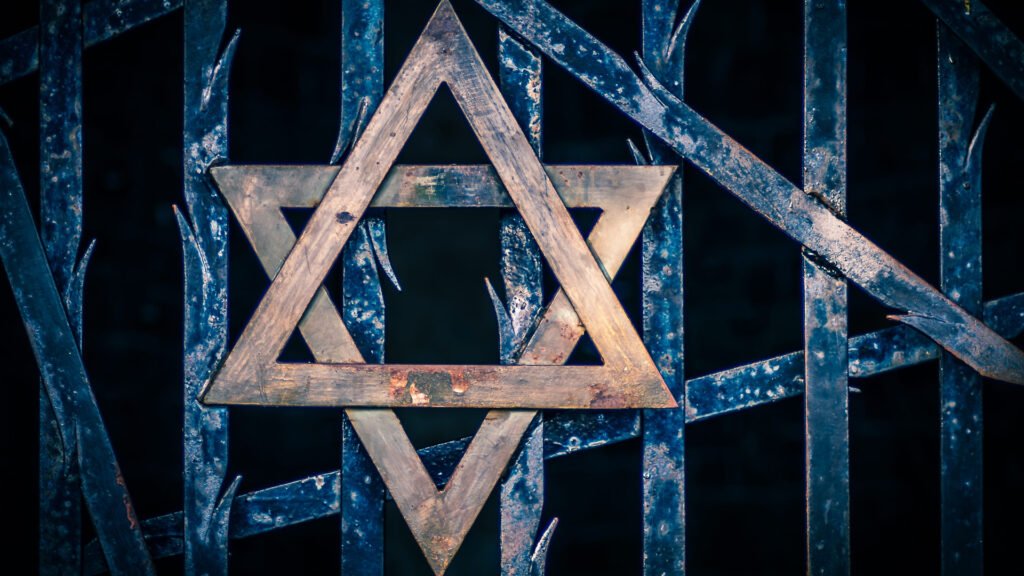
In order to fully understand the Holocaust, it is essential to delve into the roots of this horrific event. The Nazi Party’s rise to power in Germany and their ideology of anti-Semitism played a crucial role in the persecution and ultimately the genocide of millions of Jews.
The term “anti-Semitism” refers to hostility or prejudice against Jews based on their religious, racial, or ethnic background. While anti-Semitism has deep historical roots, the Nazi regime took it to unprecedented levels of hatred and violence.
The Nazi Party, led by Adolf Hitler, rose to power in Germany in 1933. Hitler and his followers embraced ideas of racial purity and viewed Jews as a threat to the German population. Nazi propaganda propagated unfounded stereotypes and conspiracy theories about Jewish people, demonizing them as the enemy of the German nation.
This poisonous ideology of anti-Semitism laid the groundwork for the systematic, state-sponsored persecution of Jews that would later escalate into the Holocaust.
“The struggle against the Jew is a struggle for the people and vice versa. Where anti-Semitism is considered merely as a political party program, rather than as a strength which influences the entire life of a people, [it] will fail. Only when anti-Semitism becomes a sacred duty of the people—and foremost of its intellectual elite—can it be successful.”
– Alfred Rosenberg, Nazi Ideologue
The Nazi regime implemented a series of discriminatory measures targeting Jews, gradually excluding them from all aspects of public life. These measures included the Nuremberg Laws in 1935, which stripped Jews of their citizenship and prohibited intermarriage with Germans.
As Nazi anti-Semitism intensified, it culminated in the genocide of the Holocaust, with millions of Jews being systematically murdered in extermination camps, ghettos, and mass shootings.
Examining the origins and implications of Nazi anti-Semitism is crucial to understanding the Holocaust and preventing such atrocities from happening again.
From Kristallnacht to the “Final Solution”
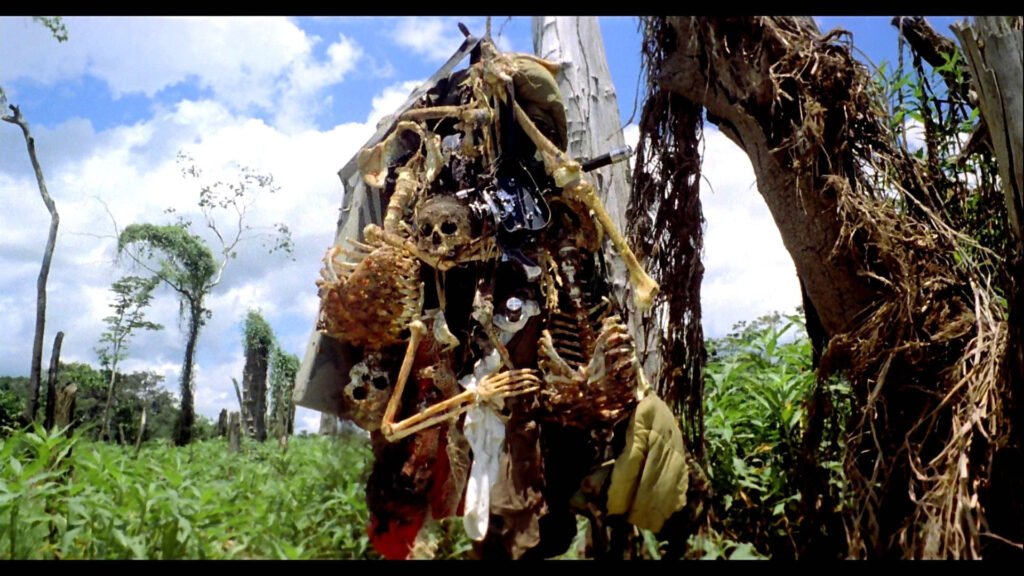
In this section, we will explore the progression of the Holocaust, tracing its origins from the infamous Kristallnacht to the implementation of the “final solution” by the Nazis. This period marked a dark chapter in human history, characterized by the systematic extermination of millions of Jews during World War II.
Kristallnacht: The Night of Broken Glass
Kristallnacht, also known as the Night of Broken Glass, occurred on November 9-10, 1938, in Nazi Germany. It was a violent pogrom against Jews, where synagogues, businesses, and homes were targeted and destroyed. The name “Kristallnacht” refers to the shattered glass that littered the streets after the attacks.
“Kristallnacht was a pivotal event that marked an escalation in violence against Jews in Nazi Germany. It served as a precursor to the systematic persecution and genocide that would unfold during the Holocaust.”
The aftermath of Kristallnacht resulted in the death of at least 91 Jews and the arrest and imprisonment of thousands in concentration camps. The event signaled a drastic turning point, where the persecution of Jews intensified, leading to even greater atrocities.
The “Final Solution”: The Implementation of Genocide
The “final solution” was the Nazi regime’s plan for the systematic extermination of Jews and other targeted groups. This genocidal plan aimed to completely eradicate the Jewish population in Europe. It involved the establishment of extermination camps where mass killings were carried out with efficiency and brutality.
The “final solution” was officially initiated at the Wannsee Conference on January 20, 1942. High-ranking officials in the Nazi government, led by SS-Obergruppenführer Reinhard Heydrich, gathered to coordinate and ensure the efficient implementation of the genocide. This conference solidified the Nazis’ commitment to exterminating millions of innocent lives.
The Holocaust Unveiled: A Devastating Chapter in Human History
The progression of the Holocaust, from Kristallnacht to the “final solution,” represents a terrifying period of widespread persecution and genocide. The deliberate targeting and systematic killing of millions of Jews and others deemed undesirable by the Nazi regime left an indelible mark on humanity.
It is important to remember and learn from the Holocaust, recognizing the need to stand against hate, discrimination, and the violation of human rights. By studying the history of the Holocaust, we can work towards creating a more just and inclusive world, ensuring that such horrors are never repeated.
| Event | Date | Description |
|---|---|---|
| Kristallnacht | November 9-10, 1938 | A violent pogrom against Jews in Nazi Germany, resulting in widespread destruction of synagogues, businesses, and homes. |
| Wannsee Conference | January 20, 1942 | A meeting of high-ranking Nazi officials to coordinate the implementation of the “final solution” and ensure the efficient extermination of Jews. |
| Extermination Camps | 1941-1945 | Establishment of camps dedicated to the mass extermination of Jews and other targeted groups, resulting in the deaths of millions. |
Victims of Nazism. What is Holocaust
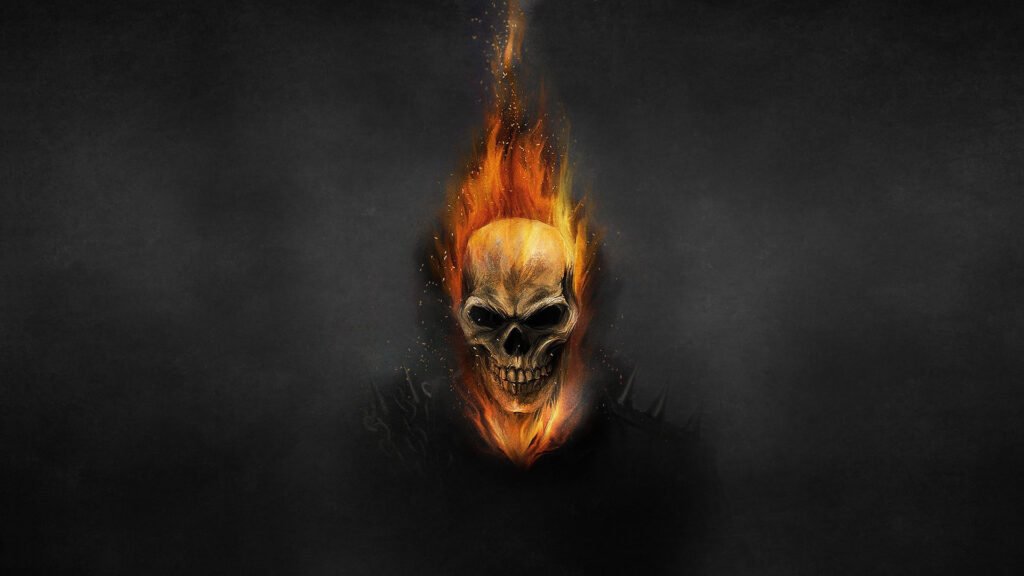
In the horrific era of the Holocaust, countless innocent lives were tragically cut short as victims of the Nazi regime. As we delve into this section, we will shed light on the harrowing experiences endured by Holocaust victims and the lasting impact it had on their lives.
The Holocaust claimed the lives of approximately six million Jews, constituting two-thirds of the Jewish population in Europe. These victims, including men, women, and children, were subjected to unimaginable atrocities and systematic extermination.
One of the most infamous groups targeted by the Nazis were Jewish children. They faced unimaginable cruelty, often separated from their families and stripped of their childhood. The tragic fate of these young souls serves as a heartbreaking reminder of the immense loss suffered during this dark period in history.
The experiences of Holocaust victims varied greatly, ranging from being forced into ghettos and labor camps to enduring the horrors of extermination camps such as Auschwitz, Treblinka, and Sobibor. Many were subjected to dehumanizing experiments, starvation, and brutal violence at the hands of their captors.
Amidst the devastation, however, there were stories of resilience and courage. Some victims of Nazism managed to escape and joined resistance movements, fighting against the Nazi regime. Others, through sheer determination, survived the concentration camps and went on to lead meaningful lives as Holocaust survivors, leaving behind a legacy of strength.
The impact of the Holocaust on the lives of its victims cannot be overstated. The physical and psychological trauma, coupled with the immense loss of family, community, and identity, left lasting scars. Many survivors faced challenges in rebuilding their lives after the Holocaust, struggling with grief, survivor’s guilt, and a sense of displacement.
We must remember and honor the victims of Nazism, ensuring that their stories are shared and their memory preserved. By doing so, we pay homage to their resilience, courage, and unbreakable spirit amidst the darkest of times.
German Expansion and the Formation of Ghettos
During the course of World War II, German expansion played a significant role in the formation of ghettos as a means of segregating the Jewish population. As the German forces conquered new territories, they implemented policies aimed at isolating and controlling the Jewish communities.
The German expansion in Eastern Europe, particularly in Poland, led to the establishment of numerous ghettos. These ghettos served as confined areas where Jews were forced to live, often in appalling conditions, while being subjected to strict control and oppression by the Nazi regime.
- In these ghettos, Jews faced extreme overcrowding, inadequate food and sanitation, and rampant disease.
- Weakened and isolated, they lacked basic rights and were subjected to frequent abuse and violence.
- The ghettos became sites of immense suffering and despair.
The formation of ghettos was a deliberate step in the Nazis’ plan for the systematic extermination of the Jewish people. It facilitated control over the population, making it easier for the Nazis to exploit and eventually transport them to concentration and extermination camps.
“The ghettos were a manifestation of the Nazis’ dehumanization and persecution of the Jewish population. They served as a means of isolating and segregating Jews, stripping them of their rights and subjecting them to extreme suffering.” – Holocaust historian
The ghettos of the Holocaust stand as a grim testament to the brutality and cruelty inflicted upon the Jewish people during this dark period of history.
| Ghetto | Location | Establishment Date |
|---|---|---|
| Warsaw Ghetto | Warsaw, Poland | October 12, 1940 |
| Lodz Ghetto | Lodz, Poland | February 8, 1940 |
| Theresienstadt Ghetto | Terezin, Czech Republic | November 24, 1941 |
| Riga Ghetto | Riga, Latvia | October 25, 1941 |
The Einsatzgruppen and their Fellow Mobile Killers
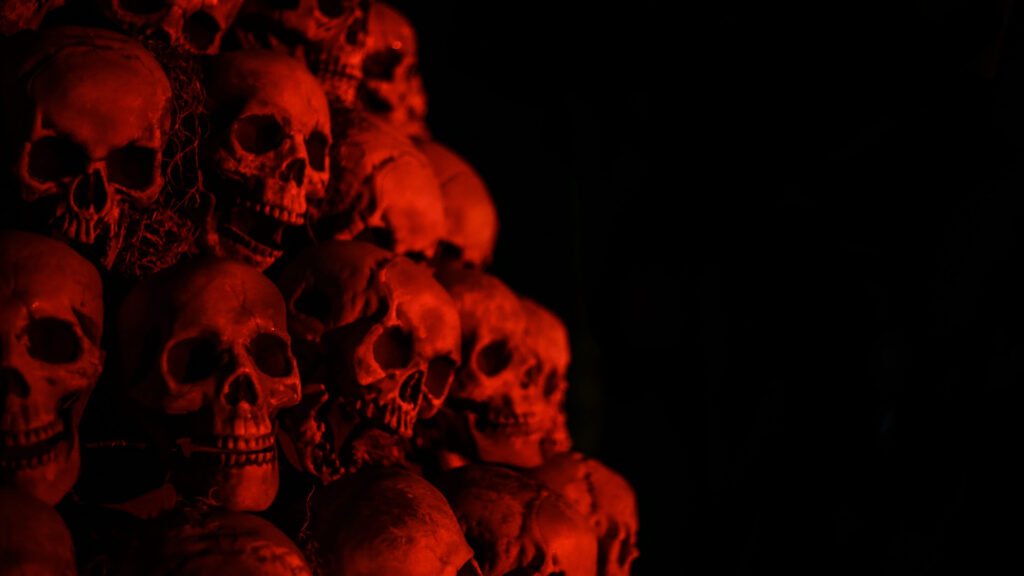
In this section, we will examine the actions of the Einsatzgruppen, mobile killing units that played a significant role in the Holocaust atrocities. These units were responsible for carrying out mass murders and brutal acts of violence against Jews and other targeted groups during World War II.
The Einsatzgruppen were mobile death squads formed by the Nazis, primarily composed of SS and police personnel. Their main objective was to eliminate perceived threats to the Nazi regime, including Jews, intellectuals, political opponents, and other minority groups.
Operating behind the front lines, the Einsatzgruppen followed the German army’s advance, targeting and executing individuals on a massive scale. They were responsible for countless massacres, with Einsatzgruppen units reportedly killing over a million people, the majority of whom were Jews, across Eastern Europe.
Tactics and Atrocities
The Einsatzgruppen employed various tactics to carry out their heinous acts. They would round up victims, often at gunpoint, and force them to undress before shooting them en masse into prepared mass graves.
“I will never forget the sight of the Einsatzgruppen and their fellow mobile killers. They showed absolutely no mercy as they gunned down innocent men, women, and children. It was a horrific and chilling experience that still haunts me to this day.” – Holocaust survivor testimonial
These mass killings were often carried out in public spaces, intended to spread fear and intimidate others into submission. The Einsatzgruppen operated efficiently and ruthlessly, leaving devastation in their wake.
The Devastating Impact
The actions of the Einsatzgruppen left a lasting impact on the Holocaust survivors and their families. The brutal atrocities committed by these mobile killing units continue to be remembered as some of the darkest chapters in human history.
Moreover, the existence of the Einsatzgruppen highlights the calculated, systematic nature of the Holocaust. The scale and scope of their operations demonstrate the immense planning and organization behind the Nazi regime’s genocidal efforts.
| Surname | First Name | Role |
|---|---|---|
| Ohlendorf | Otto | Einsatzgruppen Commander |
| Lima | Karl | Einsatzgruppen Officer |
| Nebe | Arthur | Head of the German Police and Einsatzgruppen |
The Extermination Camps
During the Holocaust, the Nazi regime established a network of extermination camps with the sole purpose of carrying out mass genocide. These camps were designed to systematically exterminate millions of innocent people, primarily Jews, but also targeted other marginalized groups deemed undesirable by the Nazis.
Auschwitz-Birkenau
One of the most notorious extermination camps was Auschwitz-Birkenau, located in German-occupied Poland. It became the largest killing center, where over a million people, mostly Jews, were murdered using gas chambers, mass shootings, and other brutal methods. The camp also served as a forced labor camp, with prisoners enduring extreme cruelty and inhumane conditions.
Treblinka
Treblinka was another brutal extermination camp, also situated in German-occupied Poland. It operated for a relatively short period but was responsible for the deaths of approximately 800,000 people, primarily Jews. Victims were transported there in overcrowded trains and immediately faced mass killings upon arrival. It is estimated that Treblinka’s gas chambers could kill up to 2,000 people in just a few hours.
Other Extermination Camps
These were just two of the many extermination camps established by the Nazis. Others included Belzec, Chelmno, Majdanek, and Sobibor. Each camp had its own horrific history, but they all shared the same purpose: the systematic extermination of millions of innocent lives.
| Camp | Location | Estimated Number of Victims |
|---|---|---|
| Auschwitz-Birkenau | German-occupied Poland | Approximately 1.1 million |
| Treblinka | German-occupied Poland | Approximately 800,000 |
| Belzec | German-occupied Poland | Approximately 600,000 |
| Chelmno | German-occupied Poland | Approximately 320,000 |
| Majdanek | German-occupied Poland | Approximately 78,000 |
| Sobibor | German-occupied Poland | Approximately 250,000 |
Jewish Resistance to the Nazis
Throughout the dark period of the Holocaust, there were brave individuals who defied the oppression and risked their lives to resist Nazi tyranny. From acts of defiance within ghettos to partisan warfare in the forests, Jewish resistance took many forms and played a significant role in challenging the Nazis’ genocidal agenda.
Resistance fighters, both men and women, demonstrated exceptional courage, resourcefulness, and determination. Their acts of defiance were driven by a deep desire to protect themselves, their families, and their communities from the horrors of the Holocaust. By resisting the Nazis, they not only fought for their own survival but also preserved the spirit of resistance and hope in the face of unimaginable adversity.
Resistance efforts varied depending on the circumstances and available resources. In ghettos, for instance, individuals organized secret schools, cultural activities, and religious services to sustain Jewish identity and strengthen communal bonds amid dire conditions. They also sought to document the atrocities perpetrated by the Nazis, ensuring that the world would bear witness to their suffering.
Outside the confinement of ghettos and concentration camps, some Jewish individuals joined partisans and engaged in armed resistance. In groups like the Bielski partisans in Belarus and the Warsaw Ghetto Uprising, Jewish fighters engaged in guerrilla warfare, sabotaging Nazi operations and mounting courageous offensives.
“We knew that we would probably die, but to die with dignity in the hope that, in future, the world would remember what we had done.” – Mirosław Fikus, Warsaw Ghetto Uprising participant
While Jewish resistance was ultimately unable to halt or prevent the systematic extermination of six million Jews, it stands as a testament to the indomitable human spirit and the unwavering will to resist in the face of unspeakable cruelty. The stories of these courageous individuals remind us of the resilience and strength that can be found even in the darkest moments of history.
| Type of Jewish Resistance | Description |
|---|---|
| Armed Resistance | Participation in guerrilla warfare, sabotage, and armed uprisings against Nazi forces both inside and outside ghettos and camps. |
| Political Resistance | Engagement in underground networks, forging documents, and spreading anti-Nazi propaganda to undermine the regime. |
| Cultural and Spiritual Resistance | Preservation of Jewish culture, traditions, and religious practices in secret gatherings, schools, and cultural events. |
| Escape and Rescue Operations | Assisting in the escape of Jews from ghettos and concentration camps and providing hiding places and resources for their survival. |
| Documentation and Testimony | Secretly documenting the atrocities of the Holocaust, compiling testimonies, and preserving evidence for future justice and remembrance. |
The Aftermath
After the liberation of the concentration camps, the Holocaust survivors faced unimaginable challenges as they attempted to rebuild their lives. Their physical and emotional scars ran deep, and the world had to come to terms with the atrocities that had taken place.
The immediate aftermath of the Holocaust was marked by the urgent need to provide medical care, food, and shelter to the survivors. Many of them were malnourished, sick, and traumatized, requiring extensive support and rehabilitation.
Organizations such as the American Jewish Joint Distribution Committee (JDC) and the United Nations Relief and Rehabilitation Administration (UNRRA) played a crucial role in providing aid and assistance to the survivors.
However, the challenges did not end with basic needs. The survivors also had to confront the loss of their families, homes, and communities. They faced the daunting task of rebuilding their lives from scratch.
The aftermath of the Holocaust was a period of immense resilience and determination as survivors came together to support each other and rebuild their shattered lives.
The long-term impact of the Holocaust on society cannot be overstated. The world had to grapple with the realization of the extent of human cruelty and the need for remembrance to ensure that such horrors are never repeated.
Holocaust remembrance has become an integral part of our collective history, with memorial sites, museums, and educational programs dedicated to preserving the memory of the Holocaust and honoring its victims. It serves as a stark reminder of the consequences of hatred and intolerance.
| Immediate Challenges Faced by Holocaust Survivors | Long-Term Impact on Society |
|---|---|
| Physical and emotional trauma Loss of family and community Displacement and homelessness Malnutrition and health issues | Preservation of memory and remembrance Creation of memorial sites and museums Impact on societal attitudes and values Importance of Holocaust education for future generations |
Artistic Responses to the Holocaust
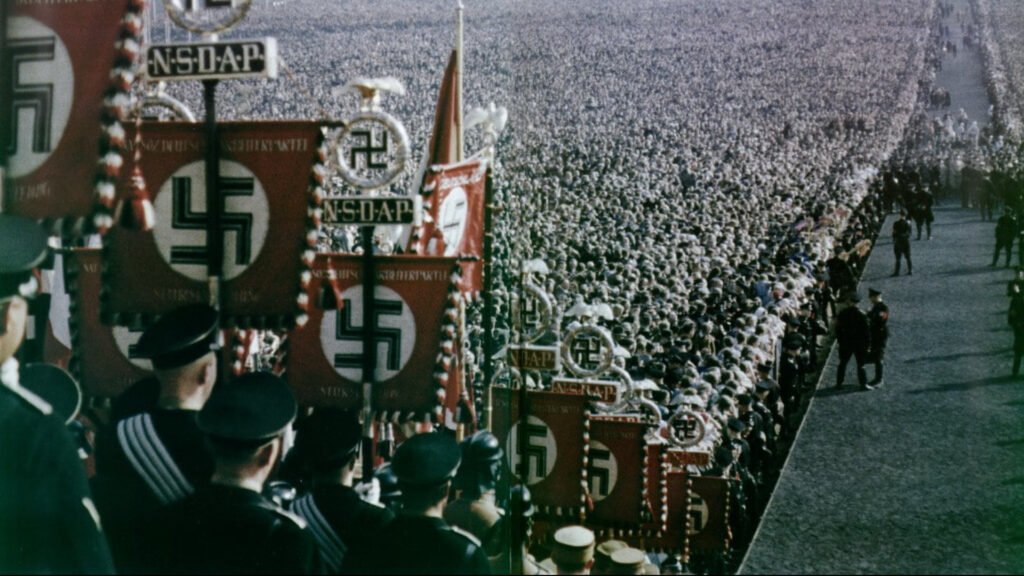
Throughout history, artists from various disciplines have used their creative talents to explore and commemorate the Holocaust. Their works serve as powerful reminders of the atrocities committed and bear witness to the strength and resilience of Holocaust survivors.
Art offers a unique medium for expressing the unimaginable horrors experienced during the Holocaust and serves as a form of remembrance that educates and engages audiences. From visual arts to literature, music, and film, artists have utilized their platforms to depict the human suffering, resilience, and the indomitable spirit that emerged from the darkest period of the 20th century.
“Art has a role to play for society. It can both inspire and challenge us, provoke our emotions, and encourage reflection on the past,” says renowned artist Anselm Kiefer. Whether it is through somber paintings, poignant sculptures, or thought-provoking installations, artists have provided a powerful means of honoring the Holocaust survivors and keeping their stories alive.
Poetry that Chronicles the Unthinkable
“I believe in the power of poetry, which gives me reasons to look to the future. With the harsh reality of the Holocaust and the shadows it casts, I write to resist the darkness and to hold onto hope,” says acclaimed poet Primo Levi. His collection, “Survival in Auschwitz,” captures the horrific experiences of Holocaust survivors with raw emotion and haunting imagery. Levi’s words continue to resound as a testament to the human spirit’s endurance in the face of unimaginable adversity.
Visual Accounts of Loss and Resilience
Artists like Felix Nussbaum, Charlotte Salomon, and Roman Halter documented their personal experiences during the Holocaust through visual art. Their paintings and drawings bear testimony to the loss, despair, and hope that defined the lives of Holocaust survivors. Through their art, they provide a visual narrative that not only preserves history but also engages viewers with the human stories behind the statistics.
Musical Tributes to the Lives Lost
“Music has the power to heal wounds and touch hearts,” says acclaimed composer Maurice Ravel. From compositions that embody sorrow and mourning to those that celebrate the resilience and strength of the human spirit, musicians have created poignant musical tributes to the lives lost during the Holocaust. Works like Dmitri Shostakovich’s Symphony No. 13 and Leonard Bernstein’s “Kaddish” pay homage to the victims and act as a reminder of the importance of remembrance.
Artistic responses to the Holocaust provide a means of education and remembrance that goes beyond traditional forms of historical documentation. Through their powerful creations and emotional narratives, artists ensure that the stories of Holocaust survivors are not forgotten. Their art serves as a testament to the resilience of the human spirit and the enduring power of hope even in the face of unimaginable darkness.
How Holocaust Survivors Rebuilt Their Lives After
After enduring the horrors of the Holocaust, Holocaust survivors faced immense challenges in rebuilding their lives. Despite unimaginable loss, they displayed remarkable resilience and determination, demonstrating the indomitable spirit of the human soul.
For many survivors, the immediate aftermath of the Holocaust was marked by the search for loved ones and the need to reunite with family and friends who had also experienced the atrocities of the Nazi regime. Displaced persons camps were established to provide temporary shelter and support for survivors as they embarked on their journey towards recovery.
As survivors began to reclaim their lives, they faced profound physical, emotional, and psychological scars. Some survivors underwent extensive medical treatments, seeking solace and healing from the traumas inflicted upon them. Others grappled with survivor guilt, struggling to come to terms with why they had survived while so many others perished.
Despite these challenges, Holocaust survivors displayed incredible strength and resourcefulness. Many embarked on journeys of emigration, seeking new beginnings in countries that were more accepting and offered opportunities for growth. They rebuilt their lives, creating families, establishing careers, and contributing to their communities.
Furthermore, Holocaust survivors played a crucial role in preserving and sharing their stories to ensure that the world never forgets the atrocities committed during the Holocaust. Their testimonies stand as powerful reminders of the resilience of the human spirit and the importance of remembrance and education.
“I firmly believe that the responsibility of the survivor is to bear witness. Generally, we tend to forget – not only the Holocaust – we tend to forget the past. And the fact that the Holocaust occurred in such a recent past becomes more important and more urgent to witness to it.” – Elie Wiesel, Holocaust survivor and Nobel Laureate
The Impact of Holocaust Survivors Today
The legacy of Holocaust survivors continues to shape our world today. Their stories have not only inspired subsequent generations but have also contributed to the establishment of educational programs, museums, and memorials dedicated to preserving the history of the Holocaust.
By sharing their experiences, Holocaust survivors have facilitated healing for themselves and others. They have shown that even in the face of unimaginable darkness, there is hope, resilience, and the potential for rebuilding and forging a future.
Conclusion
In conclusion, the Holocaust remains one of the darkest chapters in human history. The systematic extermination of millions of Jews during World War II serves as a stark reminder of the unimaginable atrocities committed by the Nazi regime. It is paramount that we remember and learn from this horrific event to ensure that such acts of hatred and genocide are never repeated.
By understanding the history of the Holocaust, we can recognize the dangers of prejudice, discrimination, and propaganda that can fuel such heinous acts. Through education, remembrance, and continued efforts to promote tolerance and acceptance, we can strive towards a more compassionate and inclusive society.
We must honor the memory of the Holocaust victims and survivors by preserving their stories and sharing their experiences. By doing so, we can ensure that their suffering was not in vain and that future generations are aware of the consequences of hate and oppression.
FAQs
What is the Holocaust?
The Holocaust refers to the systematic genocide of approximately six million Jews by the Nazis during World War II. It also targeted other groups deemed undesirable by the Nazis, including the Romani people, disabled individuals, Polish people, and Soviet prisoners of war.
What is the history of the Holocaust?
The Holocaust took place from 1941 to 1945 during World War II. It was orchestrated by the Nazi regime in Germany, led by Adolf Hitler. The Holocaust began with discriminatory policies against Jews, escalated with the mass deportations to ghettos and concentration camps, and culminated in the systematic extermination of millions in extermination camps.
Are there any Holocaust survivors still alive today?
Yes, there are still Holocaust survivors alive today. However, due to the passage of time, their numbers are dwindling. It is estimated that there are approximately 400,000 Holocaust survivors still living worldwide.
How is the Holocaust remembered?
The Holocaust is remembered through various means, including memorial sites, museums, educational programs, and annual remembrance days. International Holocaust Remembrance Day is observed on January 27th each year to honor the victims and ensure the memory of the Holocaust is never forgotten.
What are some of the atrocities committed during the Holocaust?
The atrocities committed during the Holocaust are numerous and horrifying. They include mass shootings, forced labor, medical experiments, starvation, torture, and the use of gas chambers to kill millions of people in extermination camps.
What was the impact of the Holocaust?
The impact of the Holocaust was immense. It resulted in the loss of millions of innocent lives, devastated families and communities, and left a lasting trauma on survivors. The Holocaust also led to a reevaluation of human rights and the establishment of international laws and conventions to prevent such atrocities in the future.
What were concentration camps in the Holocaust?
Concentration camps were facilities established by the Nazis during the Holocaust to imprison and oppress various groups, primarily Jews. They were characterized by harsh living conditions, forced labor, and regular executions. Concentration camps were a key component of the Nazi regime’s systematic genocide.
What is the overview of the history of the Holocaust?
The history of the Holocaust began with discrimination and persecution of Jews in Nazi Germany. It escalated with the establishment of ghettos, mass deportations, and the implementation of the “final solution” through extermination camps. The Holocaust ended with the defeat of Nazi Germany and the liberation of the concentration and extermination camps by Allied forces.

